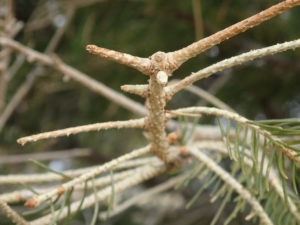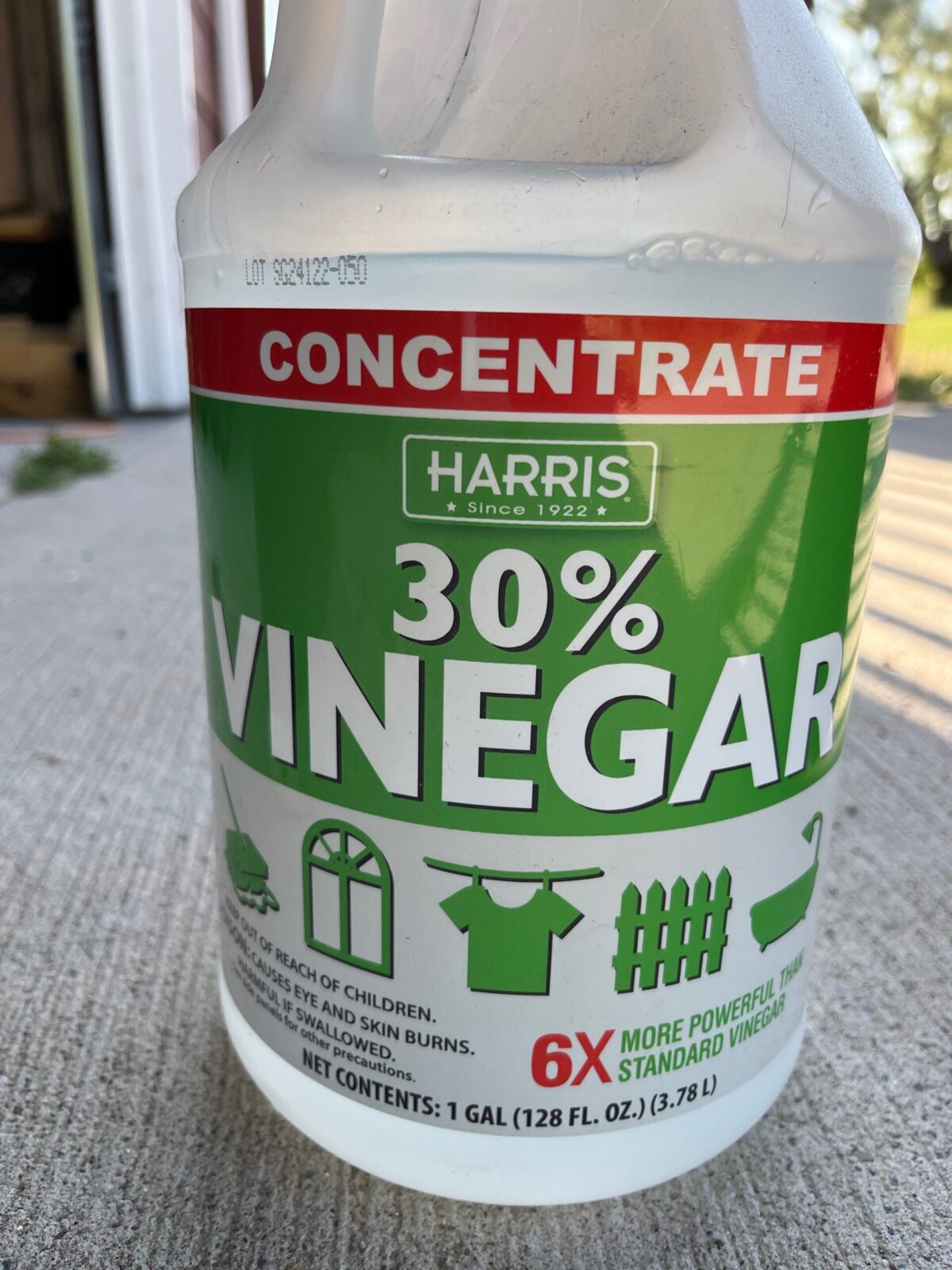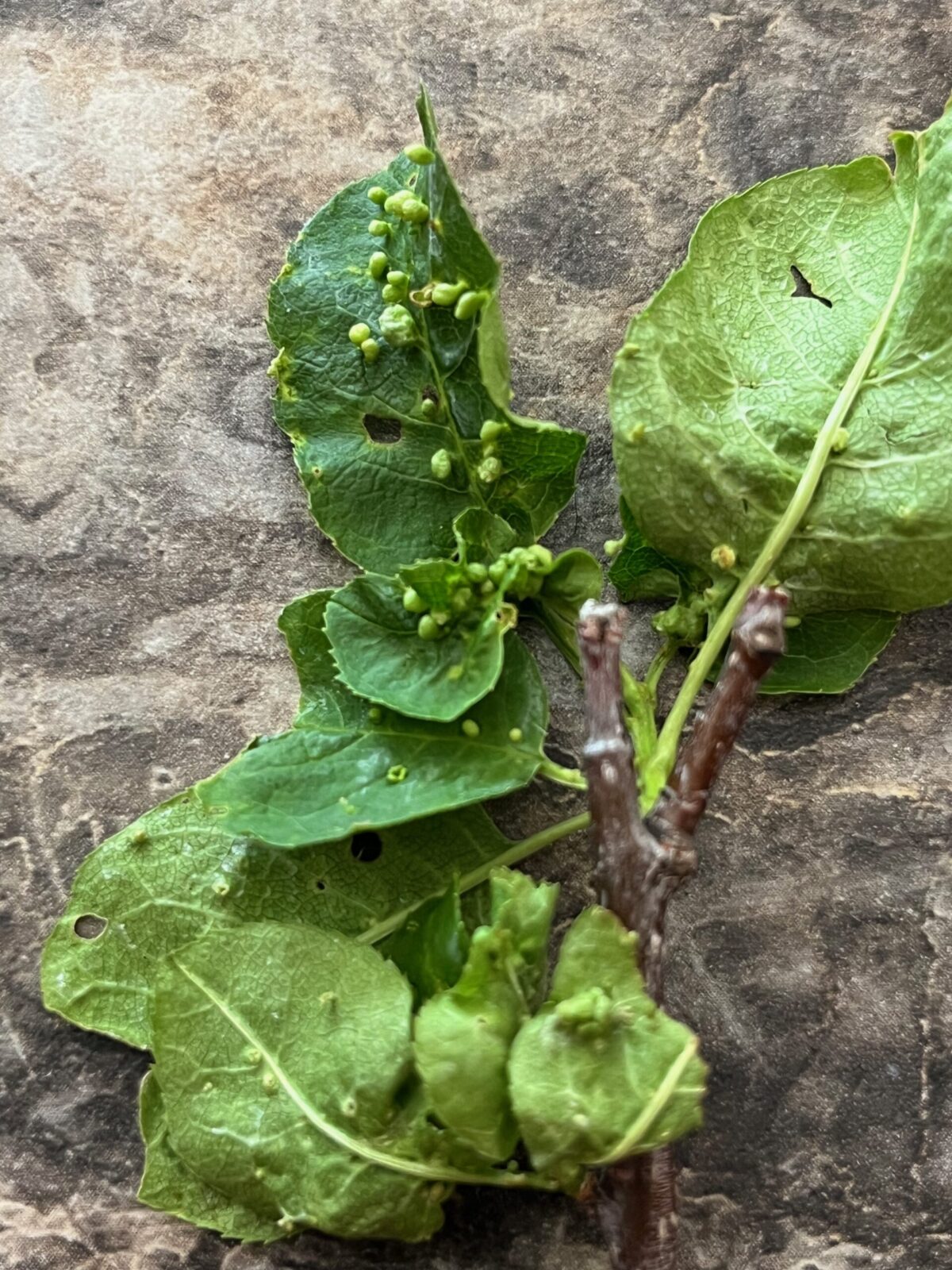Why are needles dropping on the evergreens?
Views: 1676

As the world greens up, it’s time to assess the health fo the trees around us. In my walks I noticed some of the evergreens stripped bare of needles at the end of their branches. I thought I better investigate to find out why are the needles dropping on the evergreens.
Naked pines
The pine tree next door was easy to diagnose. The deer stripped all of the lower branches of their needles. Now it looks like it’s not wearing any pants. Since the house is up for sale it’ll be interesting to see what the new owners do about it.
The spruce mystery of needles dropping
What was harder to tell was why the tips of another neighbor’s large spruce are bare. At first glance I thought deer, but they go much higher up the tree. With a tree losing needles like that there are a number of possibilities.
The first thought is a natural needle drop, which perfectly healthy trees do all of the time. This typically happens on older parts of the tree, and never the tips of the branches. So I had to move on to other possible issues.
Spider mite infestations
Spider mites are tiny sap-sucking insects that, when prolific enough, can suck the juices out of the spruce needles causing them to turn brown and drop. If this was the case last season, I would have been able to look closely at the needles to find a fine webbing. Another way to check for them is to hold a piece of paper underneath a branch and give it a good shake. They’ll fall onto the paper and it’s much easier to the tiny specks of black against the white. Like aphids, spider mites aren’t very tough. Give the tree a strong blast with the hose, or if the mites are particularly thick insecticidal soap and horticultural oil typically do the trick.
Spruce sawflies
It’s never good when you have a pest specifically for a specific plant or tree, but in the case of spruce, the yellowheaded spruce sawflies targets these trees. Adults emerge from their overwintering shelter in the ground around late May, and the female lays eggs in the new needles. Newly hatched larvae are 1/8 inch long and eventually develop to 3/4 inch long with a brown-orangish head on a green body. Until the end of July the feed on the young needles, which is when you’ll see the most damage. If they’re causing a significant problem, you can spot spray them with an insecticidal soap.
Could it be SNEED?
Sudden Needle Drop (SNEEd) is condition association with a fungal infection of several varieties of spruce trees. It seems when they are stressed by drought or other stressful conditions, the needles brown and start dropping at the ends of the branches. Since SNEED infections seem to drop needles in an uneven pattern, I don’t think that’s what is going on here. A fungicide is usually required to remedy the situation.
Another possible fungus
Rhizosphaera needlecast is another common fungus that starts in the late summer with needles dotted with yellow blotches. They are usually shed the next season. The thing to look for are the black spots on the nearby needles indicating the fungal infection. And while it doesn’t usually kill the tree, it weakens it because it removes so many of the needles.
There are a lot of possibilities in the great evergreen mystery. While there are no insects out at this time, I’m definitely going to take close look at the tree throughout the next month or so to see if I can find more clues to pinpoint what is happening.
Meet Amy Grisak
Amy is a freelance author and photographer in Great Falls, MT who specializes in gardening, foods, and sustainable agriculture. She provides information on every kind…
Amy's Recent Posts

Grab Vinegar to Eliminate Weeds








